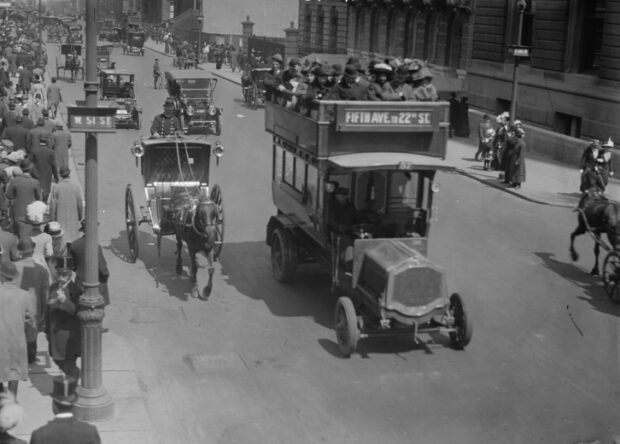
Before the first Europeans came to New York, the Algonquin Indians lived in this area. The first white explorers are the Italian Giovanni da Verrazano and then Henry Hudson on behalf of the Dutch West India Company.
At the beginning of the 17th century, the first Europeans settled on the southern tip of Manhattan, called them “Nieuw Amsterdam” and traded fur with the Indians. In 1626, Peter Minuit bought Manhattan Island from the Indians for barter goods worth only $ 24. Peter Stuyvesant becomes governor of “Nieuw Amsterdam”.
Many Irish and New England residents immigrated at the end of the 18th century. Further waves of immigration, industrialization, and housing shortages follow. Between 1820 and 1860, millions of Germans and Irish immigrated to America via Ellis Island. Educated academics came as political refugees after the revolution of 1848. The German immigrants mainly move to “Little Germany”, today’s East Village. Shops, factories, and handicraft businesses are being set up so that the area will soon be called “German Broadway”.
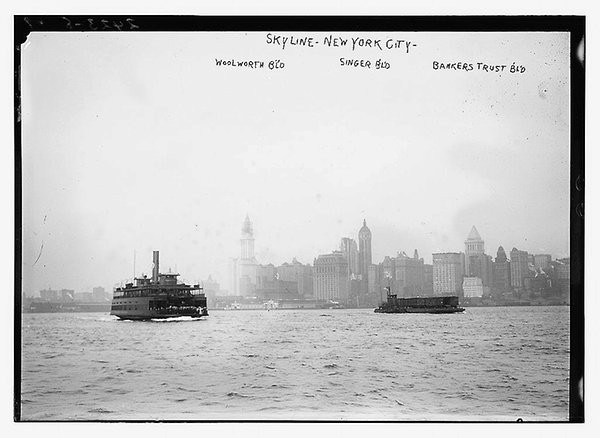
The civil war between the Confederate Southern States and the Union began in 1861. New York sided with the Union. The time after the war is characterized by economic and technical progress. Inventions like the elevator and the telephone are revolutionary. So the first elevated railway is put into operation.
Important buildings such as the Brooklyn Bridge, the Metropolitan Opera, the famous Waldorf-Astoria Hotel, and the Statue of Liberty are inaugurated. The five districts are combined to Greater New York in 1898.
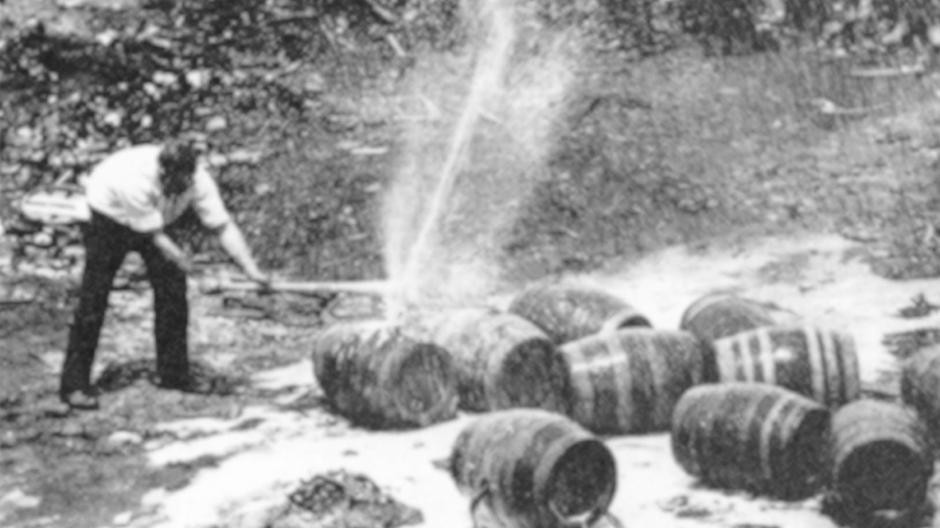
New York is considered to be the center of printing and publishing. The Port of New York Authority is responsible for developing ports, airports, train stations, tunnels, and bridges in the states of New York and New Jersey.
Because of the housing shortage and lack of space, skyscrapers are being built. The first among them is the Flatiron Building and the Woolworth Building.
For one thing, there were some loopholes that were increasingly being used. For religious and medical-therapeutic purposes, alcohol with more than 0.5 percent by volume could still be produced and sold. And so many suddenly discovered their religious streak or noticed strange symptoms of illness. On the other hand, alcohol was now often blacked out. Since this was illegal and therefore often took place under cover of the night by moonlight (English: moonshine), this type of schnapps distilling was also popularly known as “moonshining”. However, there was a catch: if the work was not done properly, poisonous methanol remained in the distillate, which is even the smallest quantities that could lead to blindness and death. Some estimates assume that adulterated alcohol during the prohibition era cost the lives of up to 10,000 people. “The consumption of alcohol became more dangerous,” Thornton sums up. “Many drinkers also switched to opium, marijuana, cocaine, and other dangerous substances.”
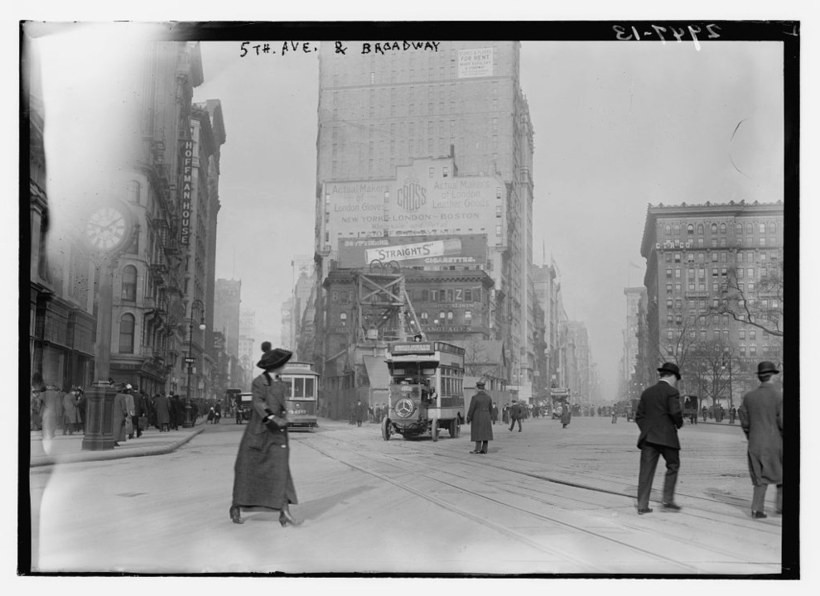
Well-known skyscrapers such as the Chrysler Building and the Empire State Building will be completed, but the space in the Empire State Building is difficult to rent, so it is nicknamed the “Empty State Building”. The situation seemed hopeless. After a large wave of layoffs, a quarter of the population was left without a job. The turning point was brought about by the new mayor, Fiorello LaGuardia, who was appointed to office in 1933. With well-considered aid programs and construction projects in the right places, he managed to get New York City back on track.
The first skyscrapers such as the Empire State Building were built around this time. Many of these buildings still stand today and not only form the characteristic New York skyline but are also known as landmarks around the world.
Rockefeller Center opens in 1939 and the New York World’s Fair welcomes 45 million visitors to Queens.
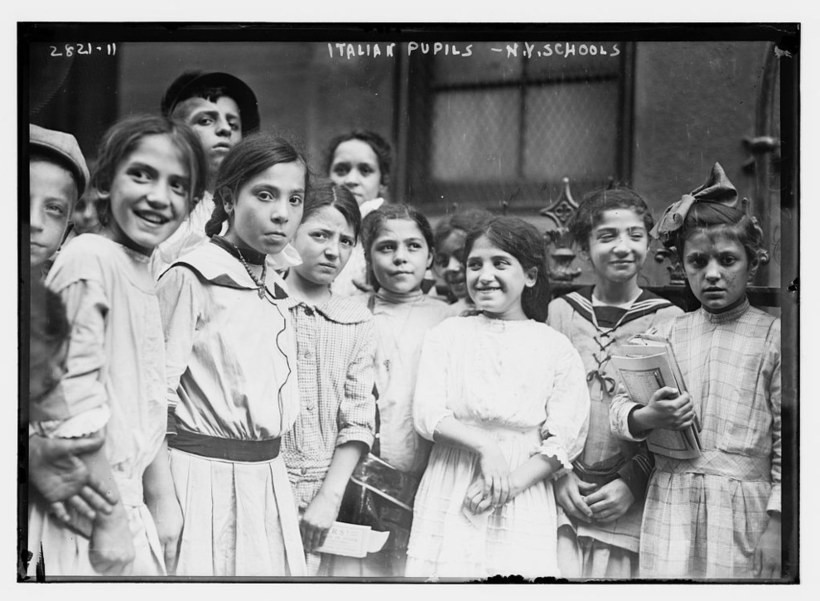
These facts and photographs show how difficult life was for immigrants living in New York City apartment buildings a century ago. In the late 19th and early 20th centuries, New York City swelled in wave after wave of European immigrants, and many lived in tenements.
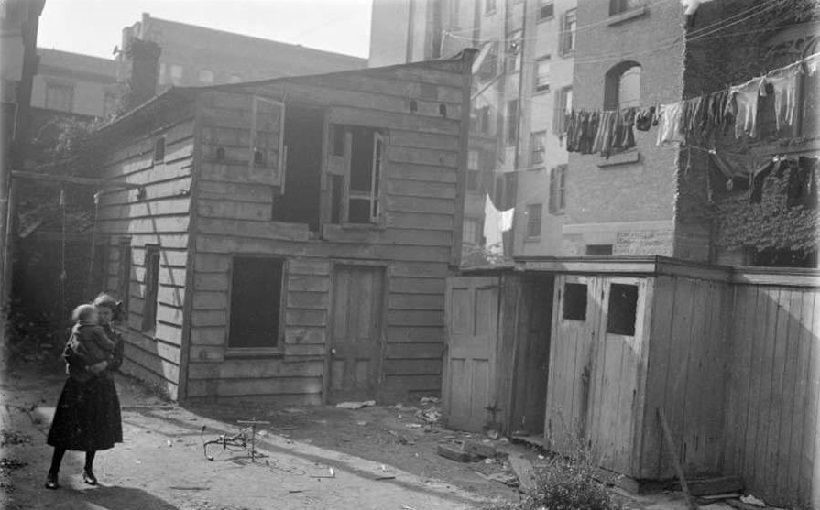
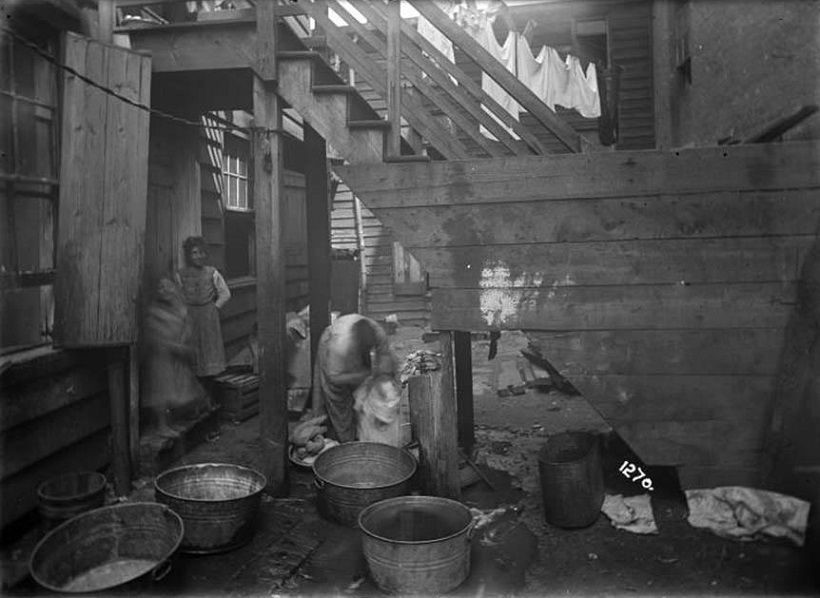
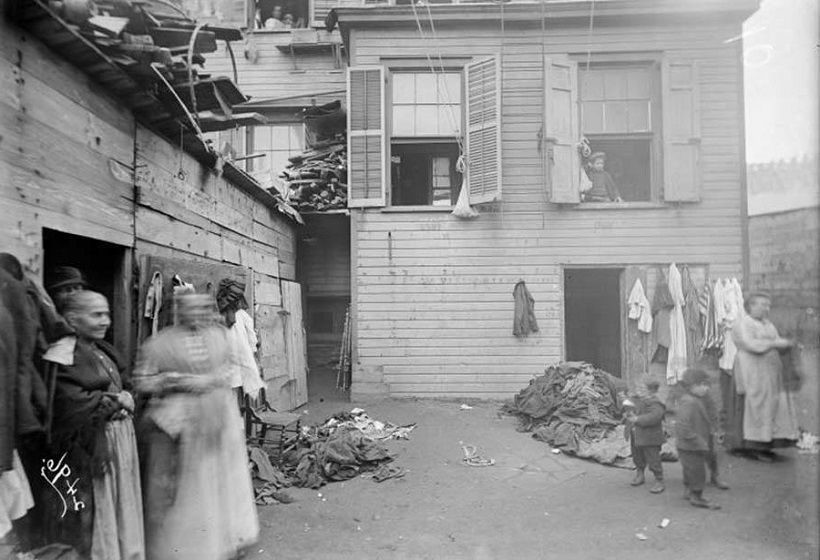
Bedrooms were often cut off from fresh air, ventilation, and light. This is due to the fact that most of the apartments had coal-burning stoves that were choking on smoke, the walls blackened, and the people living there were doomed to live inside what were actually caves.
The Tenement House Act of 1901 cracked down on these foundations and created the “Tenement Department to Inspect and Enforce New Building Standards.” Landlords now had to install at least one window to the bedroom and bathroom to the apartment.
But the notoriously stingy homeowners still fought these reforms. By 1904, landlords had to install toilets in apartments. But until 1918 there were no laws requiring that apartments even have electricity.
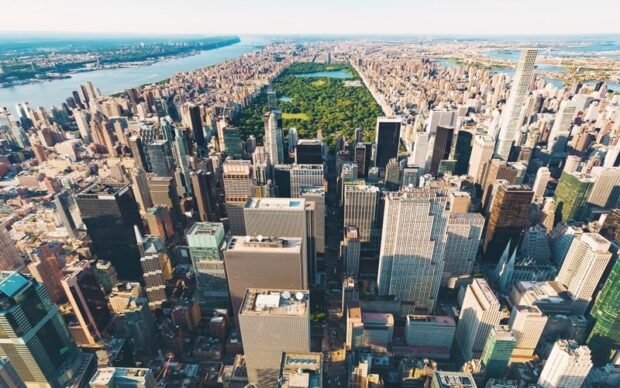
Today New York City is considered the world capital for finance, original business ideas, and cultural institutions. Trade and the service sector have always been of enormous importance. Most of the service companies and book publishers in the USA are based in New York. The advertising industry also plays a major role. This is particularly evident in Times Square from the large billboards and neon signs.
In the industrial sector, textile processing has mainly prevailed. Internationally known designers give their fashion presentations in New York. For tourists as well as for New Yorkers, the entertainment industry offers an oversized range of events, musicals, shows, concerts, and parades.
Like us on Facebook for more stories like this: